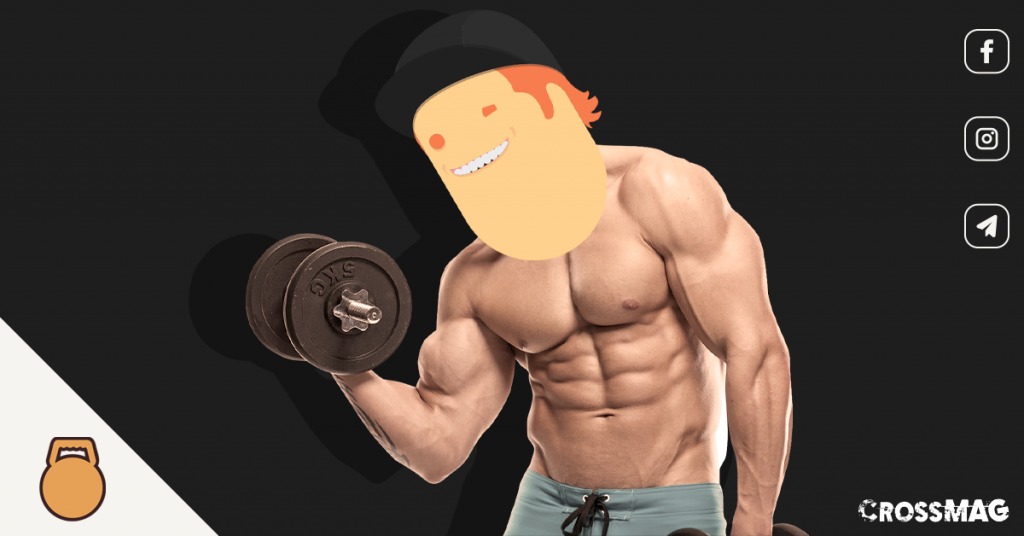Skill, gift, obsession, goal. There force it is all this, and much more.
Index
Let's start with the encyclopedia of strength
Premise: this article is just an introduction. Treatises could be written on the subject of strength, analyzed from a physiological point of view.
Where strength is born
"From the muscles" - you don't even need the encyclopedia here, the answer is so easy. Actually i main factors of strength there are two:
- the muscle structure
- the nervous system
The first refers to fibers that make up the muscles: the number and quality of fibers that can contract in the same direction contribute to the strength expressed by that muscle.
Please note: for fiber quality we mean their belonging to one of the three types of muscle fibers:
- type I: they develop little tension, but over a long time. They hardly tire
- type IIx: they develop voltage peaks, but in return they have to fatigue in a short time
- type IIa: let's say they are an intermediate fiber between the previous ones, and their characteristics intersect
For the gluttons, the curious, and those who grew up in the myth of the Hulk, there is a small disappointment: you cannot choose which fibers your muscles are made of, nor change their proportion with training.
Whether a muscle is made up of certain fibers depends on it
- from the muscle itself
- from your genetics
A little obnoxious, but is it still a wonderful machine, the human body?
Beyond the fibers
Numerous other features, more or less complex to analyze, ensure that the potential muscle strength (that is defined by the number of muscle fibers present) can be expressed at its best. Between these:
- Coordination within the muscle: the ability of the fibers to work in unison, reaching a peak of contraction at the same time
- Coordination between different muscles: the body's ability not to hinder the expression of strength of a muscle ... with the activity of nearby muscles
Finally, in the definition of the factors of force, some so-called "minor" ones follow, i metabolic factors: such as the contingent availability of nutrients and other chemicals in muscle fibers during peak strength expression.
The three types of force
Having said the definition above, let's go into slightly more detail. By saying that there is no single type of force.
Maximum strength
Load the barbell on your shoulders, step back from the rack, take a deep breath, contract your core like there's no tomorrow, come down in squats, come back up. Here: that come back up è the expression of maximum strength.
Explosive force
As before, but aiming at perform the movement as fast as possible. The sprint is the classic example of the application of explosive force.
Elastic force
As before, but the movement is preceded by a "charge" phase. Take it push press: the expression that could be explosive force (the "press" part of the movement) is preceded by the quarter squat, which loads the fibers of other muscle departments so that they can contribute to the lift.
We have activated a lot of discounts on Amazon: from 30 to 70% on all sports categories! Find everything on our dedicated channel ????
SUBSCRIBE HERE TO THE TELEGRAM CHANNEL

